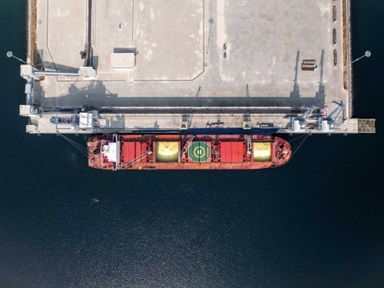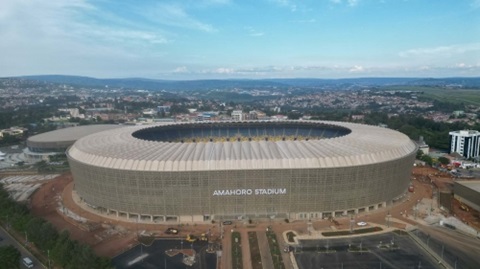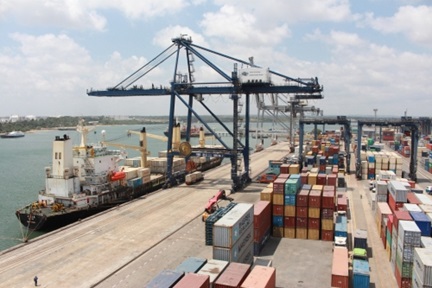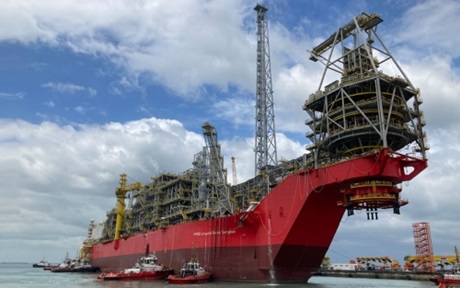East African Community to raise common external tariff for finished goods
The new common schedule aims to promote manufacturing and job creation in the region

The five original members of the East African Community (EAC) – Burundi, Kenya, Rwanda, Tanzania, and Uganda – have agreed on a new schedule of common external tariff (CETs) on different categories of goods imported from outside the bloc. In order to discourage import of goods that East African firms can manufacture; the highest CET band is set at an elevated rate of 35%. The EAC further intends for the new schedule to reduce trade-related disputes.
From 1 July imports will be taxed in terms of the following schedule: intermediate goods will be taxed at 10%; secondary intermediate goods will attract a tariff of 25%; and finished goods from outside of the community will be taxed at 35%. The import of raw materials, however, will not be taxed. The new rates are substantially higher than the currently applicable rates, which were implemented in 2005 with the entry into force of the EAC Customs Union Protocol.
The logic of the CET, as with all such systems, is to encourage trade within the region by making imports of goods from outside of it more expensive. Finished goods that cannot be purchased in the EAC will be considered “secondary intermediate” goods, and so their imports will be taxed at 25%.
The Kenya Association of Manufacturers has welcomed the announcement. It called the application of the tariff ‘a big win’ for manufacturers. Manufacturing makes up 9% of EAC’s combined GDP – well below the 25% target the bloc has set for itself to achieve by 2032. The share of manufacturing is even smaller in the economies of the EAC’s two newer members: South Sudan, (which joined in 2016) and the Democratic Republic of Congo (DRC).
DRC formally joined the EAC in April 2022 although its accession is yet to be ratified by the Congolese parliament. With DRC's admission the bloc now accounts for a population of 300 million people and a GDP of around US$250bn (DRC alone has a population of 89 million). Exports from the EAC to the DRC were worth US$584m in 2020 – mainly construction materials, fats and oils, tobacco, and alcoholic beverages.
Firms in the rest of the EAC are also interested in the raw minerals mined in the DRC, chiefly cobalt, gold, aluminium, lithium, and copper. The EAC Treaty binds partner states to ‘promote joint exploration’ and ‘sustainable utilisation of shared mineral resources’. DRC’s neighbours hope that improved infrastructure links resulting from regional integration will bring down the price they pay for these resources. Competition for these minerals is part of the explanation of the current resurgence in violence in the east of the DRC, in which Kinshasa accuses Uganda and Rwanda of backing rebel groups.
The EAC’s focus on boosting value added in manufacturing presents a particular opportunity for Asian companies to sell East African firms the machinery they need. In 2020, the five original EAC member states imported machinery to the value of almost US$ 6.5bn – much of that from China and other Asian countries.
References
‘East African states rush to impose new taxes on imported goods’, The East African, 03 June 2022
‘Industrialisation and SME Development’, EAC, undated
‘Meat, alcohol imports to cost more after 35pc EAC tariff increase’, The East African, 06 May 2022
‘New EAC common tariff to reduce citizen purchasing power – Deloitte’, The Star, 20 May 2022
‘EAC agrees to 35pc duty on imported finished products under revised CET’, The East African, 26 February 2022
‘The comprehensive review of the East African Community Common External Tariff’, Deloitte, May 2022
‘DR Congo joins East Africa trade bloc: Who gains?’, BBC, 29 March 2022
‘East African business body sees increased trade ties as DR Congo joins EAC’, Xinhuanet, 11 May 2022
‘Opportunities and burdens DR Congo brings to EAC table’, The East African, 04 April 2022
‘What DRC brings to the EAC table’, Monitor, 17 June 2022














/enri-thumbnails/careeropportunities1f0caf1c-a12d-479c-be7c-3c04e085c617.tmb-mega-menu.jpg?Culture=en&sfvrsn=d7261e3b_1)

/cradle-thumbnails/research-capabilities1516d0ba63aa44f0b4ee77a8c05263b2.tmb-mega-menu.jpg?Culture=en&sfvrsn=1bc94f8_1)

7e6fdc03-9018-4d08-9a98-8a21acbc37ba.tmb-mega-menu.jpg?Culture=en&sfvrsn=7deaf618_1)







